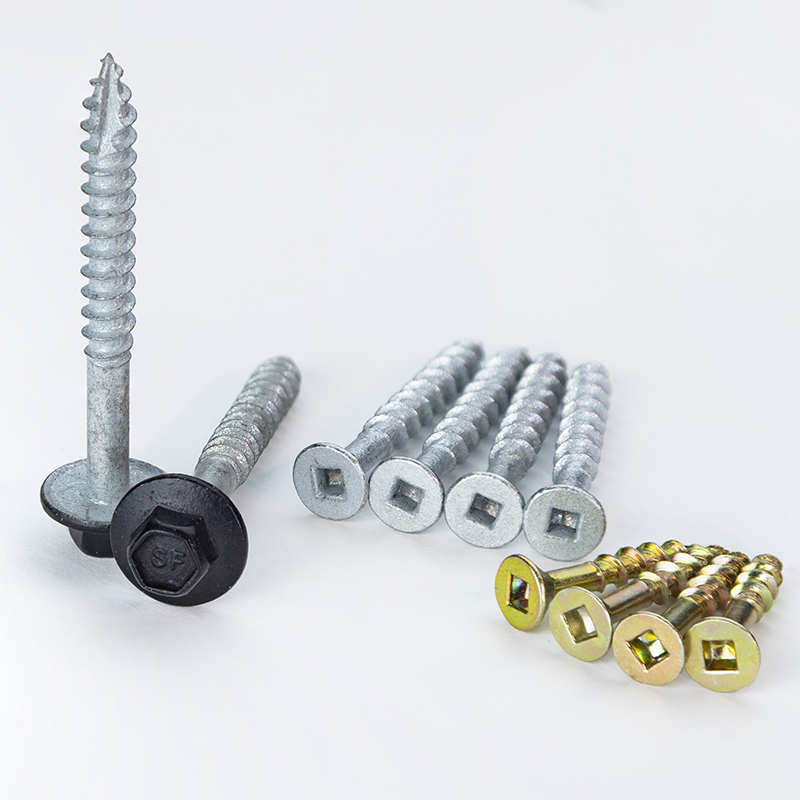Screws and nails are two of the most commonly used fasteners when it comes to fastening and joining objects together. Superficially, they may look similar, but upon closer inspection, their structural differences become quite apparent.
A fundamental difference lies in their respective structures. Screws have threads that can be screwed into objects, providing a stronger, more secure fixation. Nails, on the other hand, strike directly into the surface and cannot be rotated. As a result, screws are stronger than nails and are easier to remove and reuse.
Also, because of these structural differences, screws and nails are suitable for different purposes. Screws are typically used where frequent disassembly is required or greater strength is required. Industries such as furniture production, vehicle repair and machining often rely heavily on screws. Nails, by contrast, are primarily used to fasten items that don’t need to be dismantled, such as wooden components and building materials.
It is worth noting that screws and nails are not limited to these traditional applications. They are widely used in various industries and fields. For example, screws are critical in manufacturing areas such as aircraft, ships, aerospace and medical devices. Its reliable fastening capabilities make it indispensable in these fields. Nails, on the other hand, have found their way into picture frame production, shoemaking, functional goods, and other areas where fast and strong attachments are required.
The differences between screws and nails are not limited to differences in their construction and application, but extend to the materials and production processes involved. Screws are usually made of metals such as steel, aluminum and nickel. Additionally, specialty materials such as titanium alloys, copper, brass and stainless steel are available for specific applications. On the other hand, nails are usually made of iron, copper, aluminum or alloy materials. The production process of screws requires precision machinery such as screw machines and thread rolling machines. Nails, by contrast, are usually produced using forging and stamping machines.
Considering these differences, it’s clear that screws and nails have their own unique qualities that make them suitable for different tasks. Whether it’s the strength and reusability of screws in furniture manufacturing, or the quick and efficient connection of nails in picture frame production, these fasteners are effective in their role.
Although screws and nails may seem insignificant, they play a vital role in our daily lives. Whether we’re assembling furniture or building a house, these fasteners provide the necessary support and sturdiness we need. So next time you’re working on a project that involves joining materials, take a moment to consider which fastener (screw or nail) will best meet your needs.
Post time: Jul-13-2023


